Kiwi Ears Orchestra Review: The Quiet Mid-Fi Contender

Review written by @Fc-Construct
Review unit provided by Linsoul
Introduction
Kiwi Ears is a brand you’ve likely have never heard of. They’re a new addition to the Linsoul store with a single IEM in their lineup: the $500 8 BA Kiwi Ears Orchestra that I have in my hands for today’s review. Despite the typical trappings associated with ChiFi brands, Kiwi Ears is actually an effort by a to-remain-unnamed designer to establish their own brand after having tuned some of the most popular ChiFi IEMs to have come out recently. By way of disclaimer, said designer is someone I have chatted online with before on a casual basis. I will of course strive to remain bias free for this review as much as possible. So without further ado, let’s see how well Kiwi Ears’ debut IEM performs.
What’s in the Box?
The unboxing of the Kiwi Ears Orchestra is an uneventful experience. Inside the cube-shaped box that it comes in lies the IEM shells and a black cardboard box holding the 6 pairs of generic silicon tips. A lower compartment holds a snazzy little navy-blue carry case debossed with the Kiwi Ears name on it and hiding a 2-pin cable wrapped up inside. From the weight and feel of the cable, it’s certainly not the cheap stuff you’d generally see from stock cables. While I think it’s a bit on the heavy side with a bit of cable memory, I’m glad to see that Kiwi Ears didn’t completely cheap out on the cable.
The shell of the IEM itself is a simple light-weight black resin shell. It has a 3D-ish carbon fibre look for its faceplates while the right shell additionally sports the Kiwi Ears logo. Supposedly these faceplates are fluorescent and turn blue under absorbing UV light. I haven’t actually seen this happening on my unit, but I have seen it on others. Your mileage may vary. Fit wise, I find them quite comfortable. The nozzle is fairly short with a rather large 6 mm diameter. However thanks the IEM’s overall small size, I haven’t had any issues getting them to seal and hold in place. The ergonomics hold up well here but isolation is average at best.
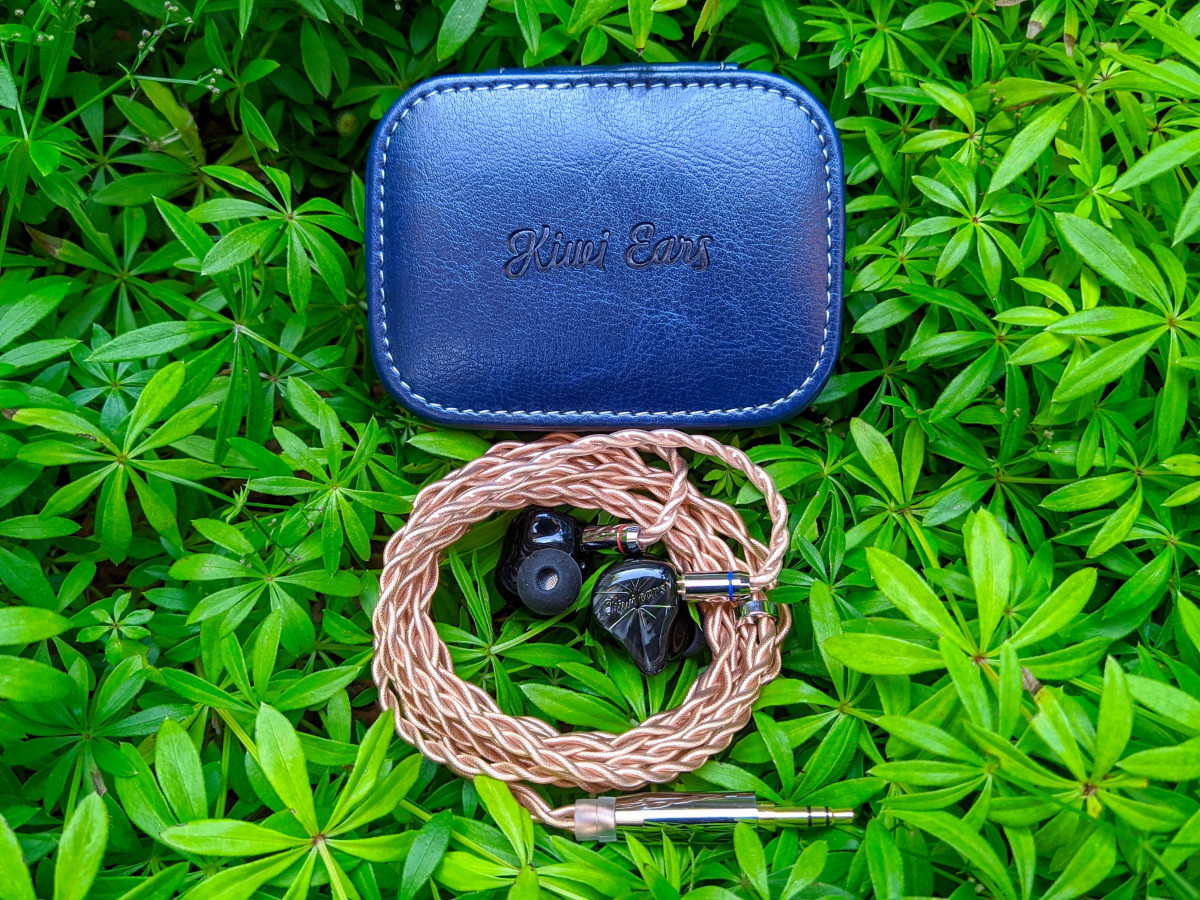
Sound
As I have come to expect based on the track record of from this designer, the Kiwi Ears Orchestra is a very well tuned, balanced IEM that errs on the safe side. It has a neutral profile with a moderate pinna gain in the upper mids, giving it a reference-style tuning. One aspect of the Orchestra that stood out to me at first listen compared to most of the other IEMs I’ve reviewed was its noticeable upper treble extension. The technical performance of the Orchestra is in-line with what I’d like to see from good mid-fi where resolution and staging are a clear step above IEMs in the <$200 mark. Of note is that stringed instruments perform particularly well with the Orchestra.
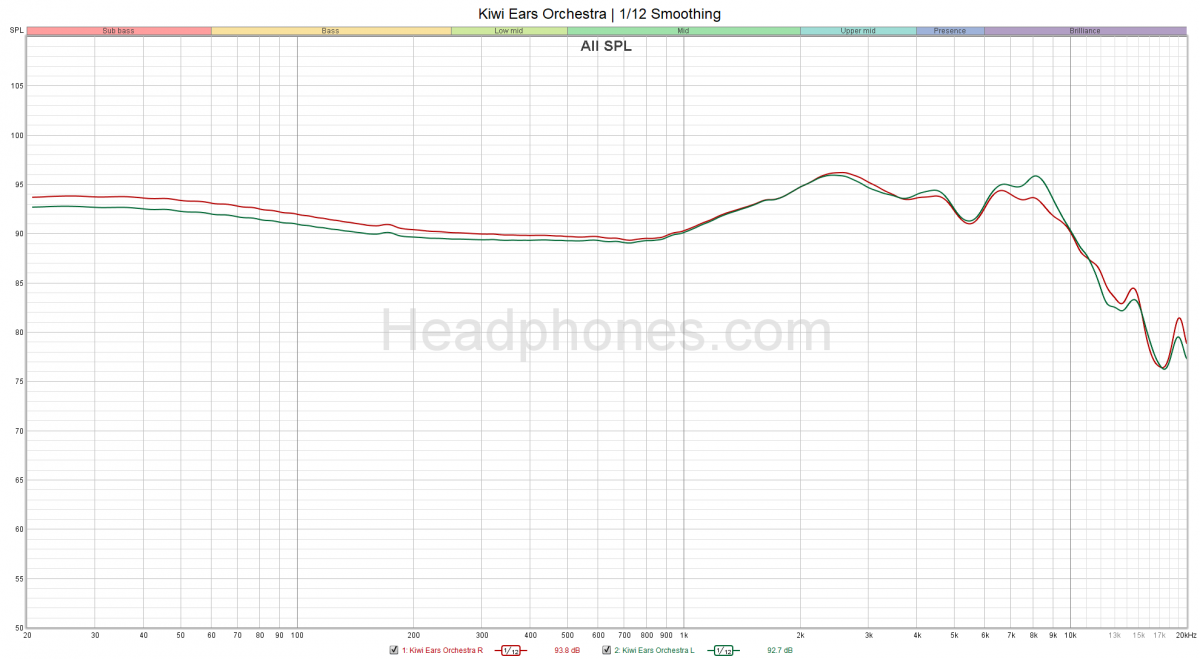
Frequency response of the Kiwi Ears Orchestra. Measurement taken with an IEC-711 clone microphone. Comparisons can only be made to other measurements taken by this specific microphone. The peak at about 8-9 kHz is an artifact of the microphone. It likely does not actually exist as depicted here.
Bass
Bass is not the focus of this IEM. There’s sufficient quantity to play a complementary role and satisfy bass presence in the low end but the Orchestra is not a bassy set. Though it does extend down into the subbass and rumbles when called for, like most IEMs, it doesn’t quite have the physicality and control at the lowest registers that I would like. As such, the Orchestra makes its clean midbass its forte. As far as BA bass timbre goes, it isn’t too noticeable on the Orchestra. There’s quite a realistic sense of attack and decay allowing the Orchestra to easily play both deep, booming drum notes or incisive, rapid-fire bass guitar lines without much compromise. Though it’s no dynamic driver, considering that the vast majority of IEMs with DDs for its bass aren’t exactly stellar to start, I don’t really have complaints with the Orchestra here.
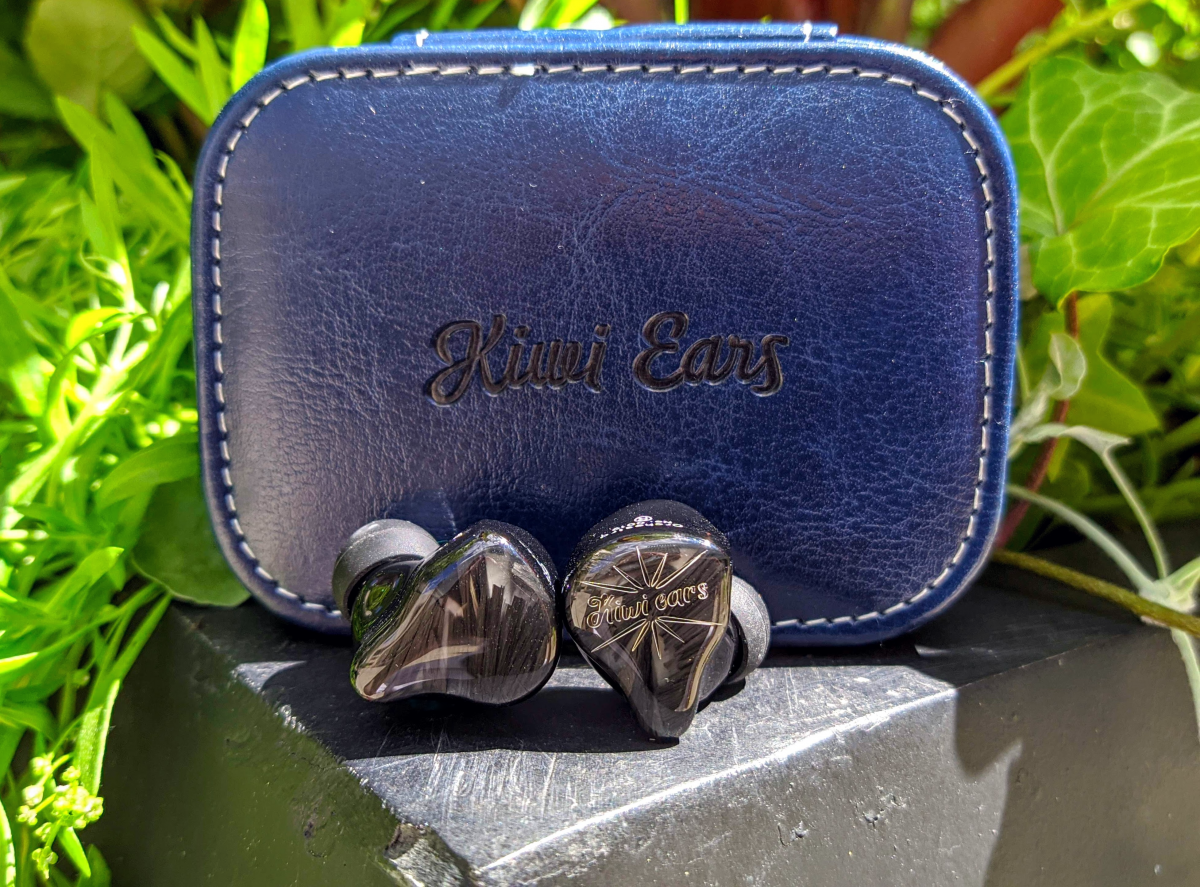
Mids
The mids are where the Orchestra shows its strength. But first, the downside. While the transition between bass to low mids doesn’t sound disjointed like some other multi-driver setups do, it has just a touch of fuzziness around it. In some of my less well recorded rock tracks, there’s a small region where at the start of the lower mids that doesn’t sound clearly defined. Not a deal breaker by any means but a minor complaint. The balance between the lower mids and the upper mids is nicely done for the slightly warm neutral tone that the Orchestra strives for. It finds a Goldilocks zone in the upper mids where its relaxed profile still manages great vocal clarity. Combined with the ergonomic fit of the Orchestra, its mids makes it an easy listen that you can get lost in for hours.
All this to say that instrument tone and timbre are excellent on the Orchestra. The smattering of warmth of imparted by the lower mids balanced with the tamed upper mids brings a slightly bodied sound to vocals and other mid-focused instruments. Stringed instruments in particular perform outstandingly on the Orchestra. Acoustic, electric, and bass guitars all have resolution a step above other instruments and a hint of texture arising from a unique combination of definition and decay. All of this comes together to add flavour for an engaging listening experience. Even backing cellos and violins that often get masked in tracks are brought to life with the aptly named Orchestra. It’s honestly been quite a while since I’ve last had a chance to really enjoy the sound of the strings as excellently as the Orchestra portrays them here.
Treble
Like the bass, the treble of the Orchestra takes a backseat to the mids. But as far as IEMs with safe treble tunings go, the Orchestra is comparatively lively thanks to its treble being kept at a fairly consistent level all the way up to the upper treble. There is one small dip in the lower treble at 5.5 kHz that goes a long way towards curbing any sibilance issues for me. Due to the Orchestra’s relatively moderate upper mids, treble presence naturally follows as I turn up the volume to comfortable levels. This has the effect of allowing the upper harmonics of instruments to pop and add clarity to transient attacks, particularly for plucked strings or the crack of the snare head. As such, the Orchestra passes my hats/cymbals test easily and the upper treble extension on the Orchestra brings out a sweet shimmer. Admittedly, the upper treble extension does start to fade out around the 12 kHz mark but for what’s there, it adds a new dimension to the sound that’s missing in most other IEMs.
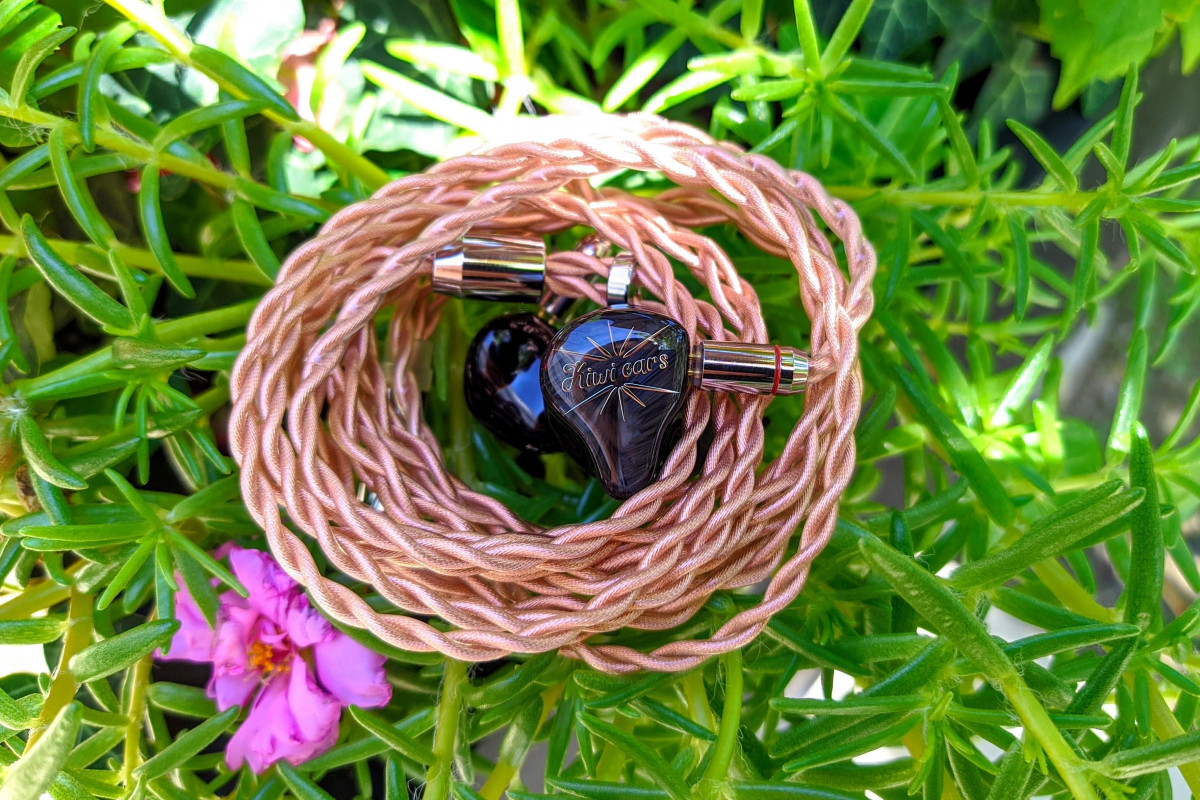
Presentation
Like many IEMs, the soundstage of the Orchestra isn’t too noteworthy. The stage width is decently wide with a competent amount of depth. Height unfortunately is limited. That said, I do find there is a good sense of spaciousness as instruments are placed within the soundstage. In particular, there’s a clear instrument separation in the way that instruments are layered on top of each other to take advantage of the stage depth. To go along with this are solid imaging chops that goes far beyond the standard left, right, center. Together, they make the Orchestra sound refined and nuanced compared to lower tier IEMs.
As mentioned above, resolution on guitars, electric and bass guitars especially, is outstanding. But for the other instruments, the Orchestra doesn’t have that “next-level” resolution and detail retrieval I generally look for. It’s in line with what I’d consider competitive for a mid-fi IEM but not beyond that. The dynamics of this IEM are respectable for the price. Crescendos have room to build into and drum notes land with commendable impact.
Comparison to the DUNU SA6
At $550, the all-BA DUNU SA6 is the perfect comparator to the Kiwi Ears Orchestra. The major difference is in the SA6’s coloured tuning versus to the Orchestra’s more reference-neutral style. Specifically, the bass and lower mids of the SA6 are elevated. There is greater impact and control with subbass notes while vocals and acoustic guitars have a richer, lusher tone within the mids. The significant treble dip of the SA6 does sound awkward in comparison to the Orchestra’s consistent treble response. Hats and cymbal notes don’t sound whole on the SA6 as certain harmonics are missed with its uneven treble. Overall, while the Orchestra does sound more “right” to me, individual preferences will decide if you want the comparatively “fun” SA6 tuning. Note that the SA6 is ergonomically more comfortable the Orchestra.

On a technical level, the Orchestra edges out the SA6 for me. BA timbre comes off a little stronger on the SA6 in exchange for having increased subbass impact. The Orchestra has better soundstage presentation and instrument definition that manifests in greater layering prowess. The richer lower mids of the SA6 does mask some resolution in that area and the edge in upper treble extension of the Orchestra that provides clarity to upper harmonics is a welcome addition. That said, the SA6 does sound more dynamic to me, in line with the “fun” aspect of it.
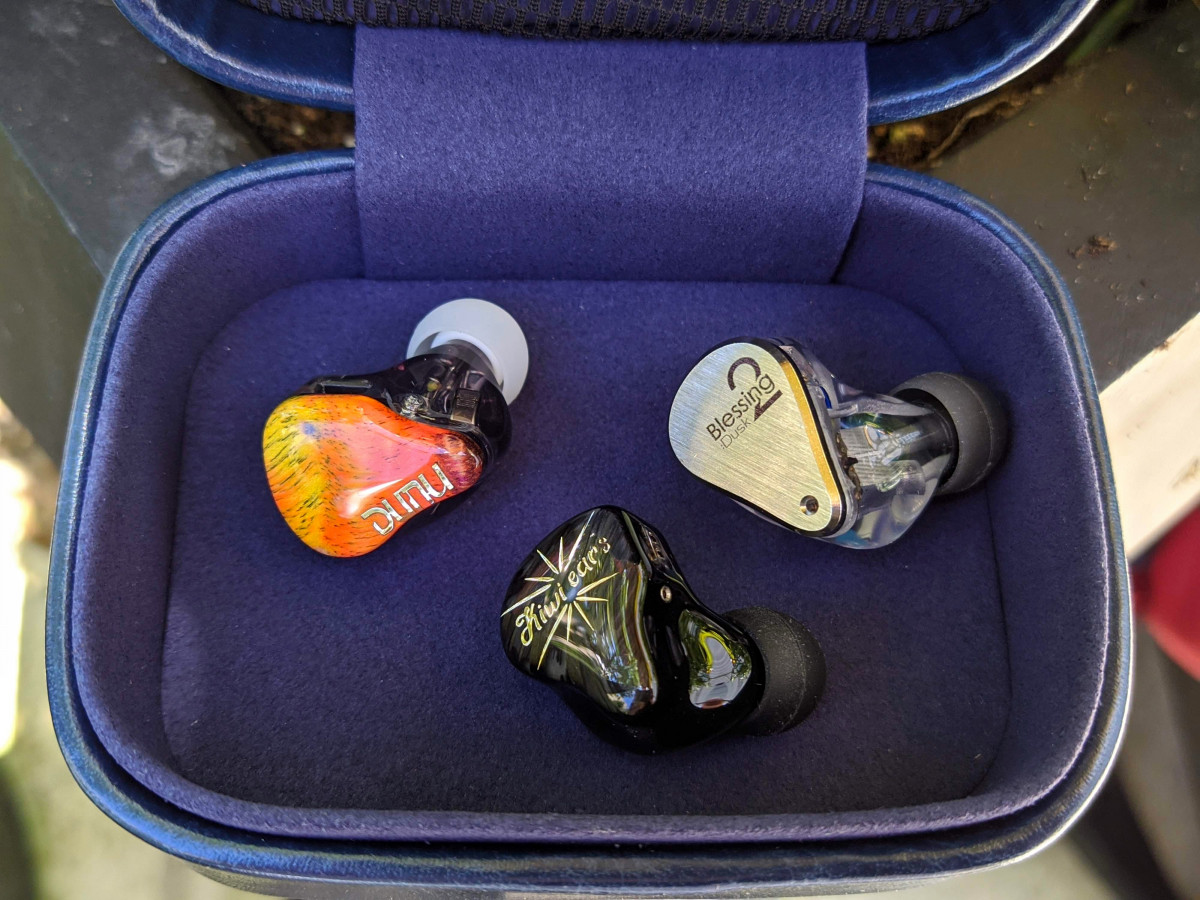
Comparison to the MoonDrop Blessing 2 Dusk
I wrote about the Dusk previously and to make a long story short, I think it is the gold standard for mid-fi IEMs and is competitive with all but the very best IEMs in the market. Unfortunately, the Kiwi Ears Orchestra isn’t capable of challenging the throne. The Dusk remains one of the most tonally accurate IEMs I’ve ever heard with class-leading resolution to go along with it.
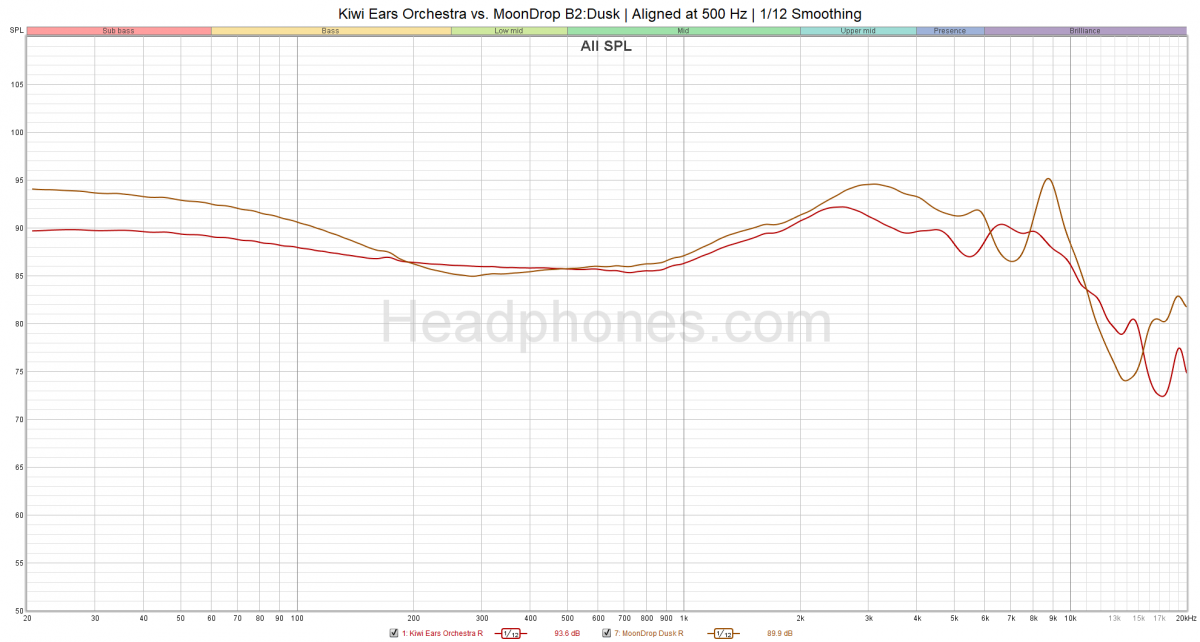
But like most consumer products, horizontal differentiation is the name of the game. So what does the Orchestra do differently enough to make someone potentially consider it over the Dusk? I can think of three reasons. The first is its relaxed upper mids. If you find the Dusk’s vocals shouty, the Orchestra would be an ideal next choice. The second is its treble extension. Hats and cymbals on the Dusk don’t shimmer as sweetly as they do on the Orchestra. Finally, electric guitar grit and texture. The Orchestra makes stringed instruments sound great. If you love rock tracks with crunchy electric guitars along all sorts of accompanying strings, I think you’ll find the Orchestra to be a nice little treat. Oh and of course, there’s a good chance that the Orchestra’s fit and comfort will be superior to the Dusk.
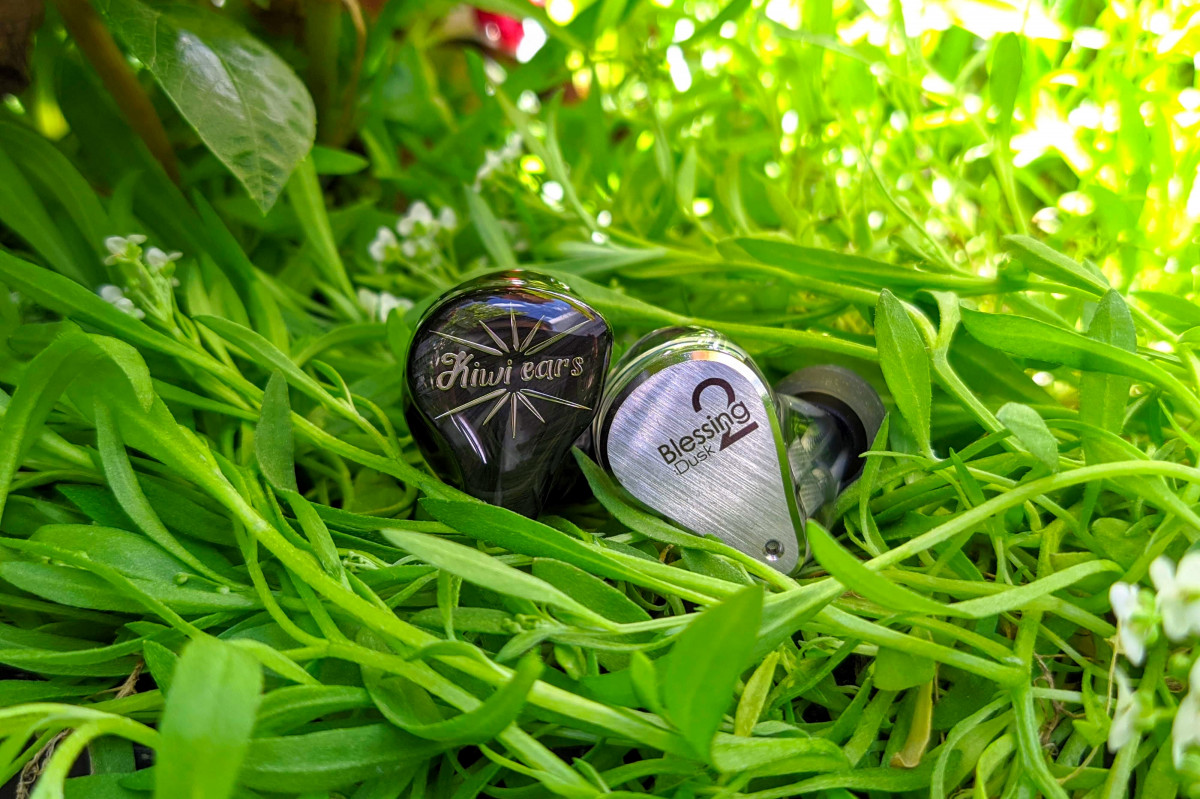
Should You Buy It?
Yes. At $500, I can recommend Kiwi Ears Orchestra as a solid choice especially if you’re looking for something with more moderate upper mids in a market with few options for those with that preference. I’d say it performs competitively in the mid-fi segment but doesn’t really go above and beyond its asking price like the B2/Dusk do. Personally, between the SA6 and Orchestra that I now own, I’ll likely use the SA6 on public transport and the Orchestra for desk listening at work. The Orchestra shines in quiet listening environments while the SA6’s performance is less affected by external noise. With the release of the MoonDrop Variations and Thieaudio Oracle and Excalibur, it seems like the mid-fi market is having a bit of a moment in the spotlight. The Orchestra is a fine addition to these potential options and a strong debut to the Kiwi Ears brand. I look forward to seeing more from Kiwi Ears in the future and as its creator becomes ever more skilled at IEM craftsmanship.
